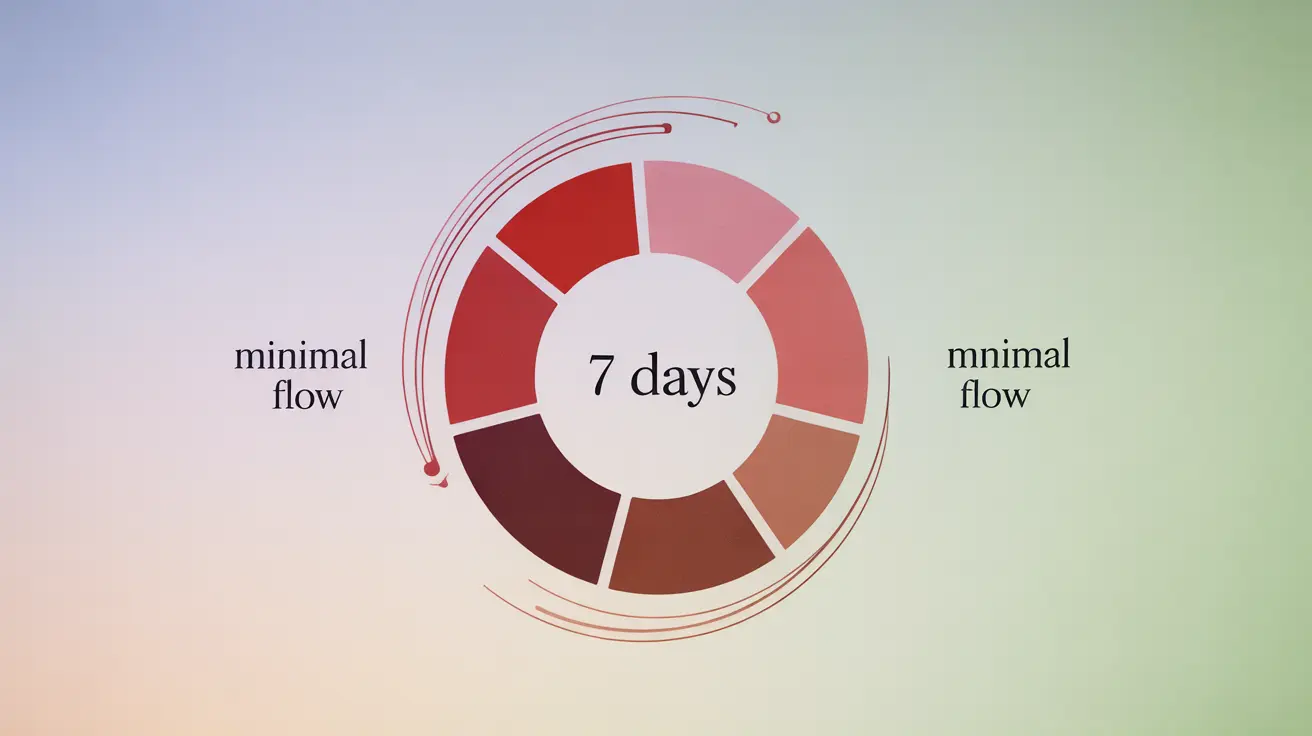The Russian manicure, a nail care technique that's gaining popularity on social media and in salons, might seem like the latest beauty trend to try. However, this seemingly harmless procedure can pose significant health risks to your nails and surrounding skin. In this article, we'll explore what a Russian manicure entails, why it's controversial among health professionals, and the potential complications that can arise from this aggressive nail grooming method.
As dermatologists and nail health experts sound the alarm, it's crucial for anyone considering this treatment to understand the potential consequences. Let's dive into the details of the Russian manicure and why it's causing concern in the medical community.
What Is a Russian Manicure?
A Russian manicure, also known as an e-file manicure or dry manicure, is a nail care technique that uses an electronic file to completely remove the cuticle. Unlike traditional manicures that gently push back or minimally trim the cuticle, the Russian method aims for total elimination of this protective skin barrier.
Proponents of the Russian manicure claim it results in a cleaner, more polished look that lasts longer than conventional manicures. However, this aesthetic appeal comes at a potentially high cost to nail health and overall well-being.
The Procedure
During a Russian manicure, a nail technician uses a high-speed electronic file with various attachments to meticulously remove the entire cuticle and shape the nails. The process is often marketed as more precise and less damaging than traditional cuticle nippers. However, this claim lacks scientific backing and overlooks the crucial protective function of the cuticle.
Understanding Cuticle Anatomy and Function
To grasp why the Russian manicure is controversial, it's essential to understand the role of the cuticle in nail health:
- The cuticle is an extension of the proximal nail fold (the skin at the base of the nail).
- It forms a seal between the nail plate and the surrounding skin.
- This seal acts as a critical barrier, preventing bacteria, fungi, and other pathogens from entering the nail matrix (the area where nail growth begins).
By removing the cuticle entirely, the Russian manicure eliminates this natural protective mechanism, leaving the nail and surrounding tissues vulnerable to infection and damage.
Health Risks Associated with Russian Manicures
The complete removal of the cuticle during a Russian manicure can lead to several serious health complications:
1. Acute Paronychia
Paronychia is an infection of the skin around the nails. When the cuticle is removed, it creates an entry point for bacteria, increasing the risk of this painful condition. Symptoms include redness, swelling, and sometimes pus formation around the nail.
2. Nail Dystrophy
Repeated damage to the nail matrix through aggressive cuticle removal can result in nail dystrophy – changes in the appearance or structure of the nail plate. This can manifest as ridges, discoloration, or abnormal nail shape.
3. Onychomadesis
In severe cases, trauma to the nail matrix can cause temporary cessation of nail growth, leading to onychomadesis – the complete separation and shedding of the nail plate from the nail bed.
4. Increased Sensitivity and Pain
Without the protective cuticle, the nail and surrounding skin become more sensitive to chemicals, water, and physical trauma, potentially leading to discomfort and pain during everyday activities.
The Deceptive Nature of Russian Manicure Marketing
Despite these risks, Russian manicures are often marketed as safe and beneficial for nail health. Social media influencers and some nail technicians promote the procedure, claiming it provides longer-lasting results and a cleaner appearance. However, these claims prioritize short-term aesthetics over long-term nail health and ignore the scientific understanding of nail anatomy and function.
Safer Alternatives for Nail Care
For those seeking well-groomed nails without the risks associated with Russian manicures, consider these safer alternatives:
- Traditional manicures with gentle cuticle care (pushing back rather than removing)
- Regular moisturizing of the hands and nails
- Using cuticle oil to keep the area hydrated and healthy
- Maintaining a balanced diet rich in biotin and other nutrients that support nail health
Remember, healthy nails start with respecting and preserving your natural nail anatomy, including the protective cuticle.
Frequently Asked Questions
What are the potential health risks of getting a Russian manicure?
The main health risks of a Russian manicure include acute paronychia (nail fold infection), nail dystrophy (changes in nail appearance or structure), onychomadesis (nail plate separation), and increased sensitivity or pain in the nail area. These risks stem from the complete removal of the protective cuticle, which leaves the nail matrix vulnerable to infection and damage.
How can a Russian manicure lead to nail infections or permanent damage?
A Russian manicure removes the cuticle, which acts as a barrier against pathogens. Without this protection, bacteria and fungi can easily enter the nail matrix, causing infections. The aggressive nature of the procedure can also damage the nail matrix directly, potentially leading to permanent changes in nail growth and appearance.
What should I do if I experience pain or swelling after a Russian manicure?
If you experience pain, swelling, redness, or any signs of infection after a Russian manicure, seek medical attention promptly. A dermatologist or healthcare provider can assess the condition and prescribe appropriate treatment, which may include antibiotics for infections or other interventions to prevent further complications.
Are there safer alternatives to a Russian manicure for achieving well-groomed nails?
Yes, safer alternatives include traditional manicures that gently push back the cuticle without removing it, regular use of cuticle oil to keep the area hydrated, and maintaining overall hand hygiene. These methods can keep your nails looking neat without compromising the protective function of the cuticle.
Why do dermatologists warn against cutting or removing cuticles completely?
Dermatologists warn against complete cuticle removal because the cuticle serves as a critical protective barrier for the nail matrix. Removing it increases the risk of infections, can lead to nail deformities, and may cause long-term damage to nail health. Preserving the cuticle is essential for maintaining the overall integrity and health of the nails.




